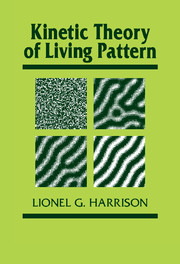8 - Classifications
Published online by Cambridge University Press: 22 September 2009
Summary
The urge to classify is the primary driving force of science. It is the deepest form of the common human desire to make things look tidy. But unlike the domestic analogue which that suggests, the urge to classify operates in realms where one cannot impose order, but can seek to find it if it is already really there (in the deepest sense of the word real, or really, or reality).
Classification can be used in both the analytical and the synthetic parts of the scientific process, the lumping and the splitting. It assists both in the recognition of fundamental common features (e.g., by the setting up of such categories as kingdoms and phyla) and in the drawing of careful detailed distinctions between species and varieties. In the scientific interplay of experiment and theory, classification can appear in different places. It may be the first step beyond data gathering, the organization of data into generalized statements. The larger divisions in the biological classification are of that kind. On the other hand, theories themselves may become complex and diverse enough to require classification. Classification can assist in giving an overview to remove either factual or conceptual confusion. It is most needed where either of these exists in large measure.
Most particularly, classifications of both kinds are needed where experiment and theory are both extensively elaborated, but not well joined together. Both must be properly organized if there is to be a complete plug-in between them.
- Type
- Chapter
- Information
- Kinetic Theory of Living Pattern , pp. 251 - 263Publisher: Cambridge University PressPrint publication year: 1993



